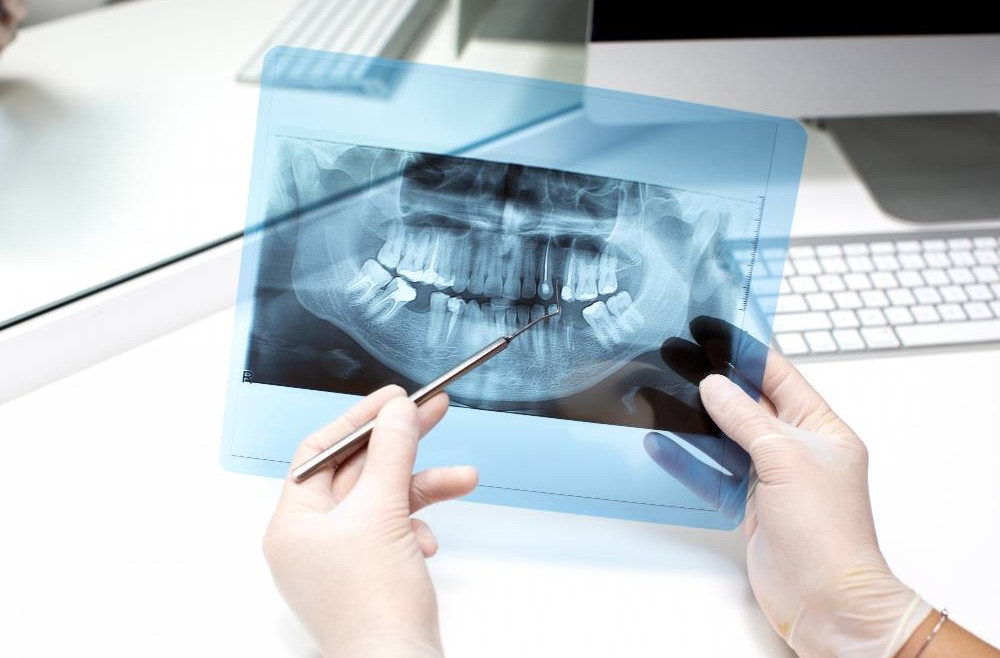Dental X-rays, also known as dental radiographs, play a crucial role in modern dentistry. While routine dental check-ups often involve visual examinations of the teeth and gums, X-rays provide a deeper insight into oral health by revealing issues that may not be visible to the naked eye. In this article, we’ll explore the significance of dental X-rays and why they are an essential tool in diagnosing and treating dental conditions.
- Detection of Hidden Dental Problems: One of the primary reasons for obtaining dental X-rays is their ability to detect dental problems that may not be visible during a regular dental exam. These include cavities between teeth, infections in the root canal, bone loss, cysts, tumors, and abnormalities in tooth development. By capturing detailed images of the teeth, roots, and surrounding structures, X-rays enable dentists to identify issues early on and initiate appropriate treatment.
- Assessment of Tooth Decay and Damage: Dental X-rays are instrumental in assessing the extent of tooth decay and damage. Even small cavities or cracks in the teeth can be detected through X-ray images, allowing dentists to intervene before the problem worsens. Early detection of decay enables conservative treatments such as dental fillings, preventing the need for more extensive and costly procedures in the future.
- Evaluation of Tooth and Jaw Development: X-rays are invaluable in evaluating the development of teeth and jaws, especially in children and adolescents. They help dentists monitor the eruption of permanent teeth, assess the alignment of teeth, and identify issues such as overcrowding or impacted teeth. Early detection of orthodontic problems allows for timely intervention, which can prevent more complex orthodontic treatments later in life.
- Planning for Dental Procedures: Before performing certain dental procedures such as tooth extractions, root canal therapy, dental implants, or orthodontic treatment, dentists rely on X-rays to plan and execute these procedures accurately. X-ray images provide essential information about the structure of the teeth and surrounding tissues, guiding dentists in determining the best course of action and ensuring optimal treatment outcomes.
- Monitoring Oral Health Changes: Regular dental X-rays allow dentists to monitor changes in oral health over time. By comparing current X-ray images with previous ones, dentists can track the progression of dental conditions, assess the effectiveness of treatment, and make informed decisions about ongoing dental care. This proactive approach helps maintain oral health and prevents potential complications from arising.
- Safety and Technology Advancements: Advancements in dental imaging technology have significantly improved the safety and efficiency of dental X-rays. Digital X-ray systems produce high-quality images with minimal radiation exposure compared to traditional film X-rays. Additionally, digital X-rays can be viewed instantly on computer screens, enabling dentists to make prompt diagnoses and discuss treatment options with patients.




